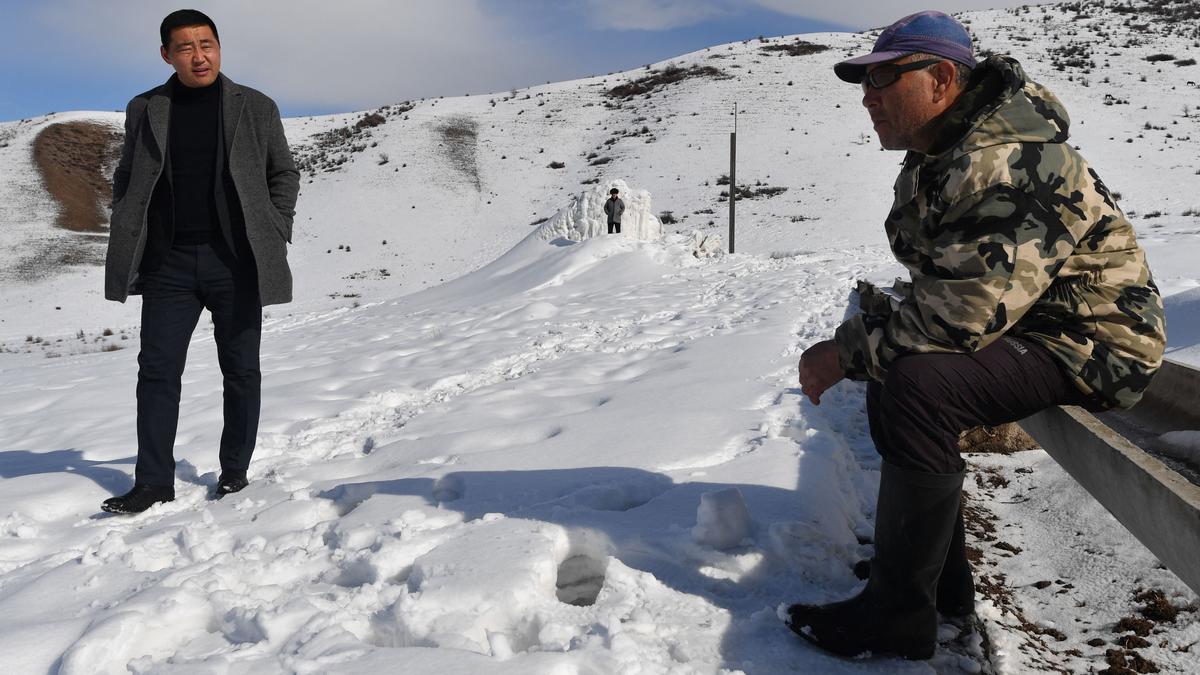In the Tian-Shan mountains of Kyrgyzstan, villagers have made an artificial glacier to provide water for their drought-hit farms. Standing on the ice hillock, farmer Erkinbek Kaldanov said he was optimistic about harnessing nature to counteract climate change. The glacier currently measures five metres (16 feet) high and about 20 metres long. At the height of winter, it was 12 metres tall. Kaldanov and others are being forced to adapt since natural glaciers in Central Asia – the main water source for the region – are slowly disappearing due to global heating. The lack of snow, also due to higher temperatures, does not allow them to regenerate. Aidos Yzmanaliyev, a spokesman for the Syn-Tash farmers, said, “There is less and less water every year. The water tables are emptying out, the springs are drying up, and we have problems with grazing.” Finding solutions is urgent, particularly as farming represents around 10 percent of the fragile Kyrgyz economy and two-thirds of its inhabitants live in rural areas. The idea and its implementation are relatively simple. Each glacier costs around 550,000 som (around $6,200) to create. “The water comes from a mountain source three kilometers away through underground piping. It gushes out and freezes, forming a glacier,” said Mr. Yzmanaliyev. Artificial glaciers were first created in the Indian Himalayas in 2014 and have since been implemented in other countries as well. In Kyrgyzstan, the project was spearheaded by Abdilmalik Egemberdiyev, head of the Kyrgyz association of pasture users. The artificial glaciers not only provide water for irrigation and livestock but also help lower the ambient temperature and create humidity, benefiting vegetation and slowing soil erosion.
Artificial Glaciers Stave Off Drought in Kyrgyzstan

-
Uncategorized









